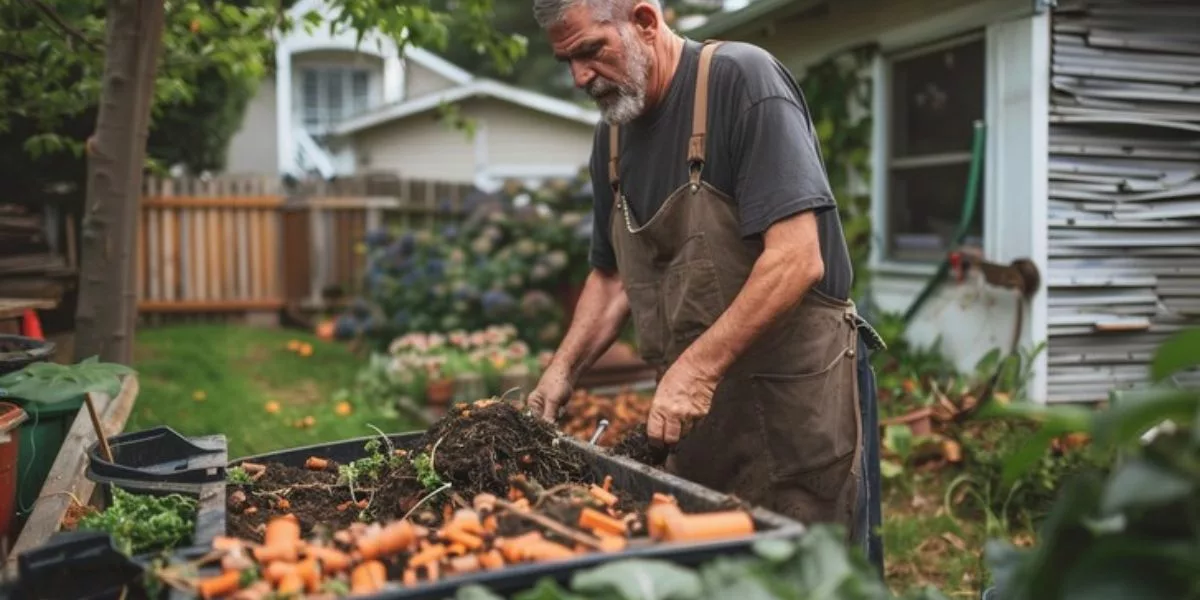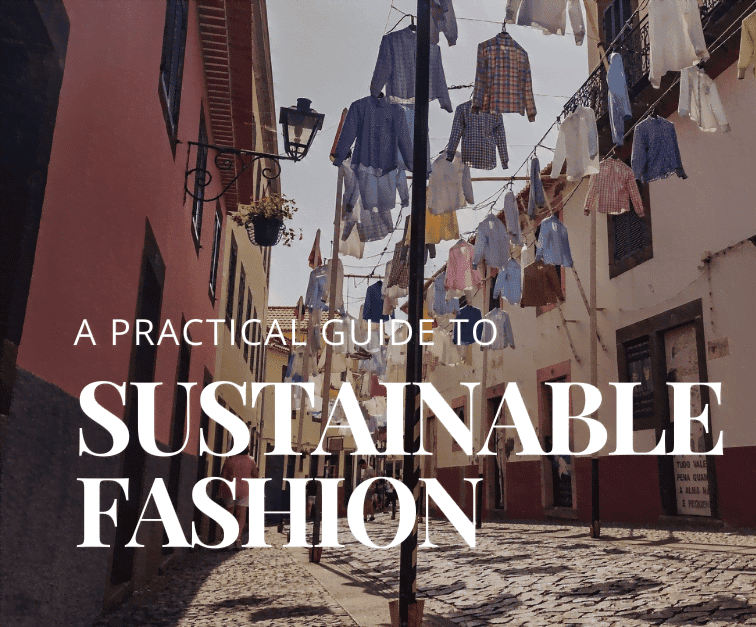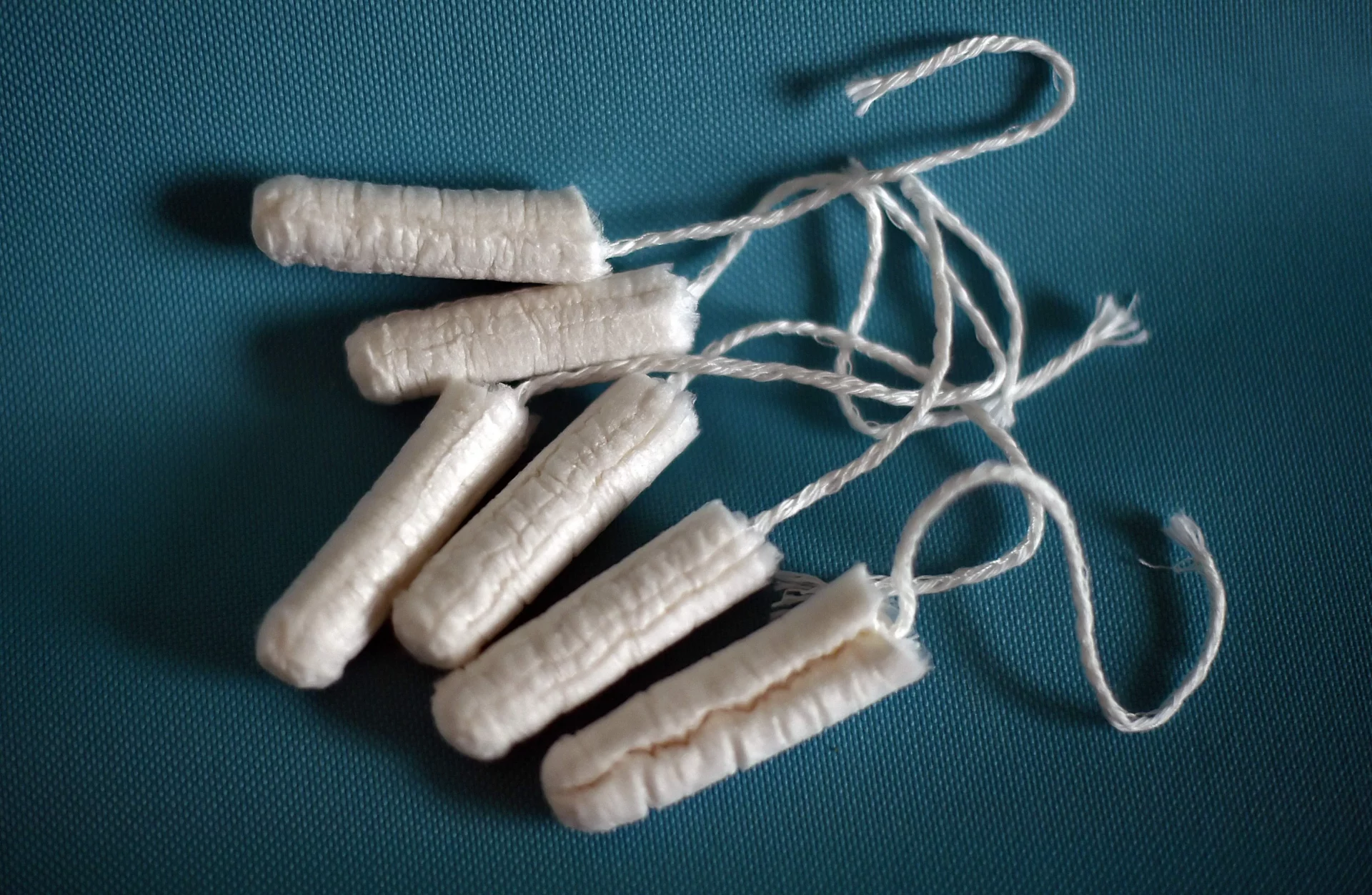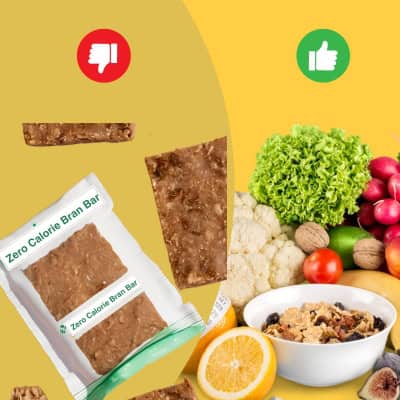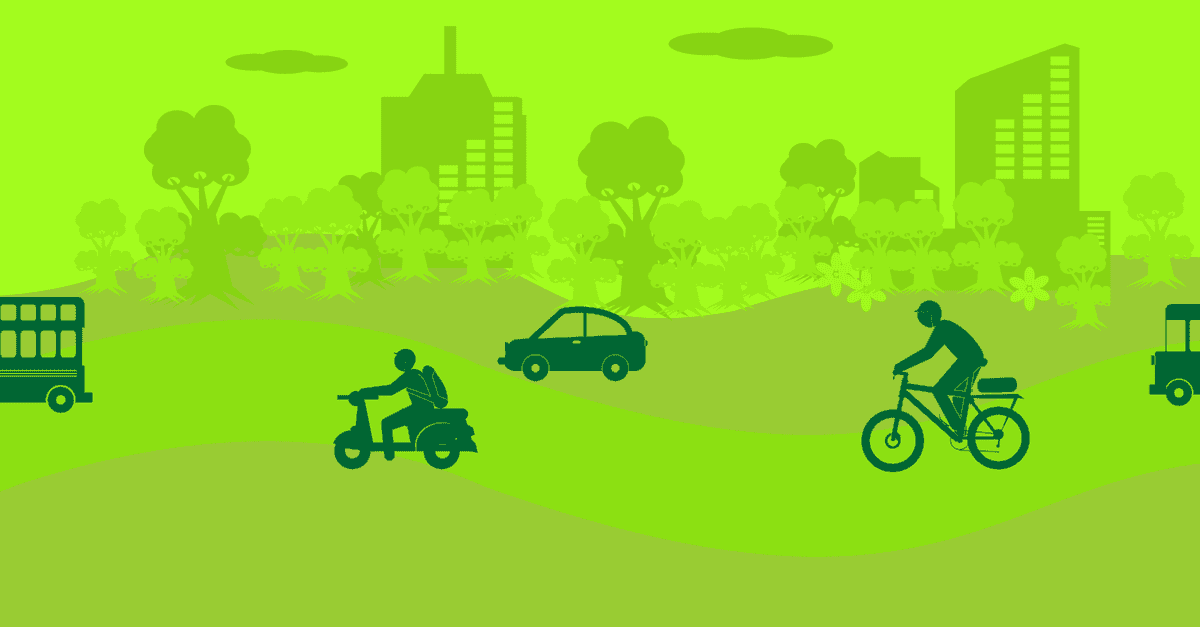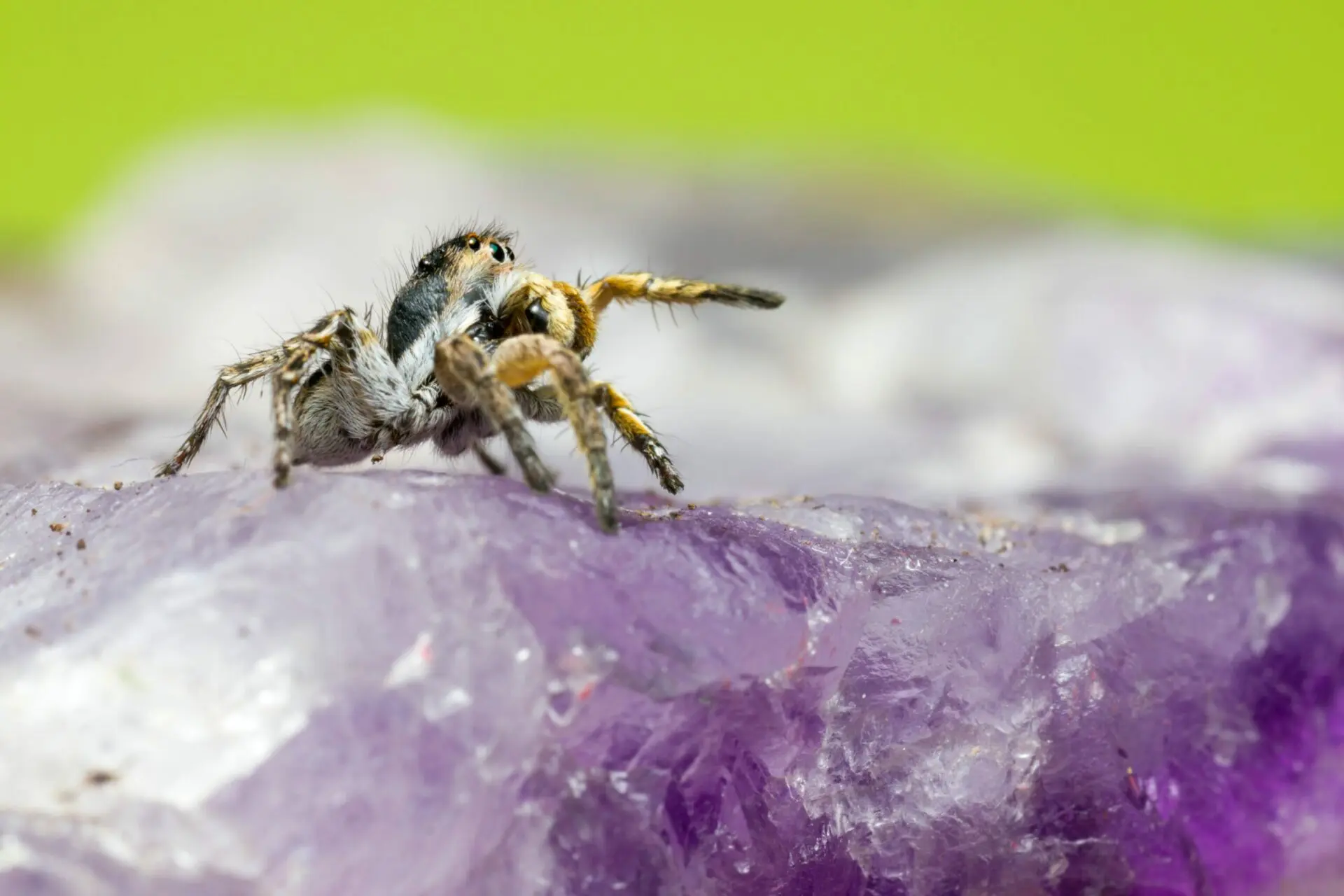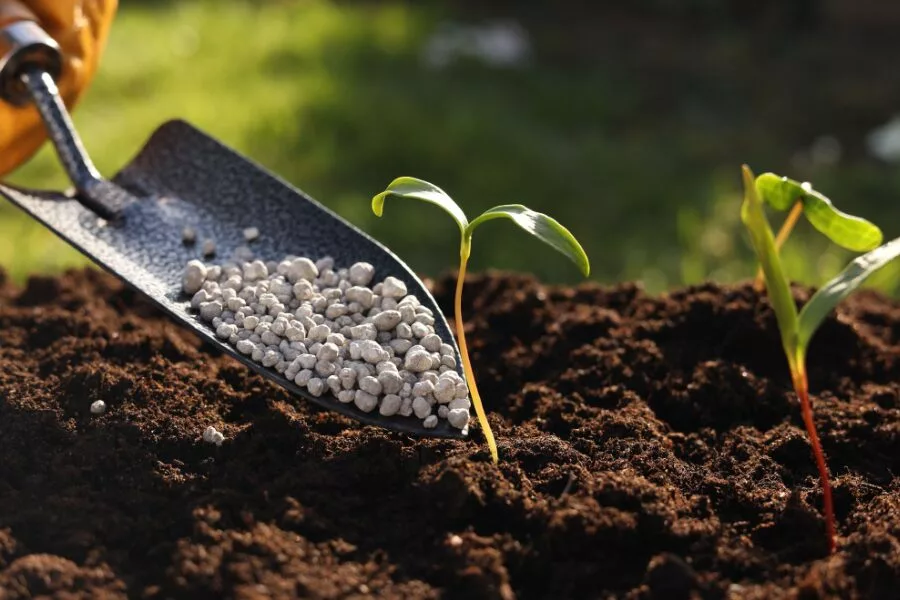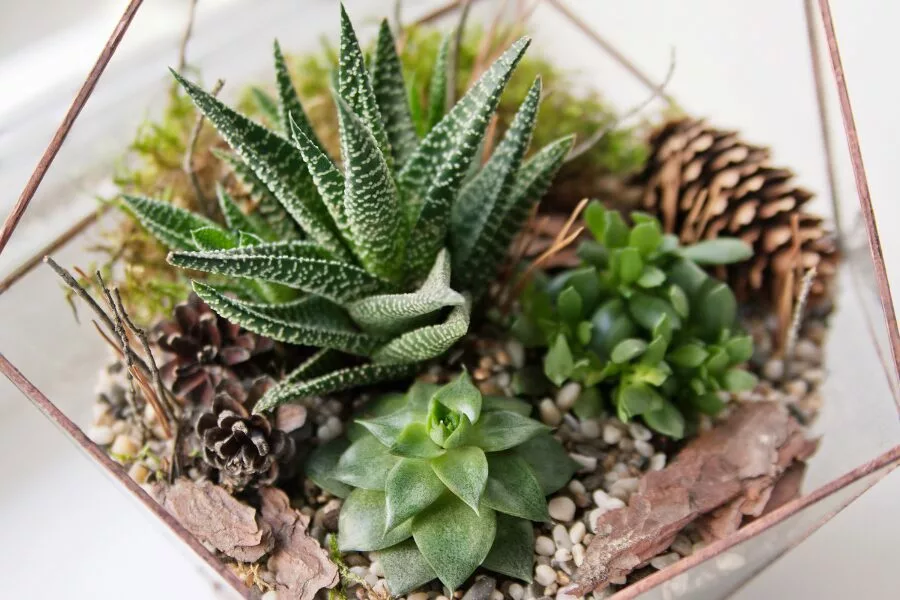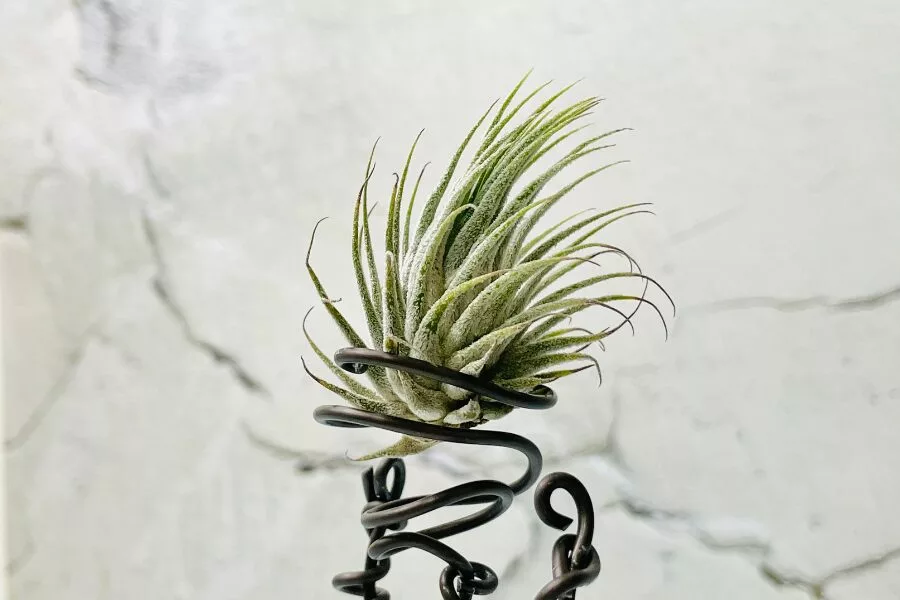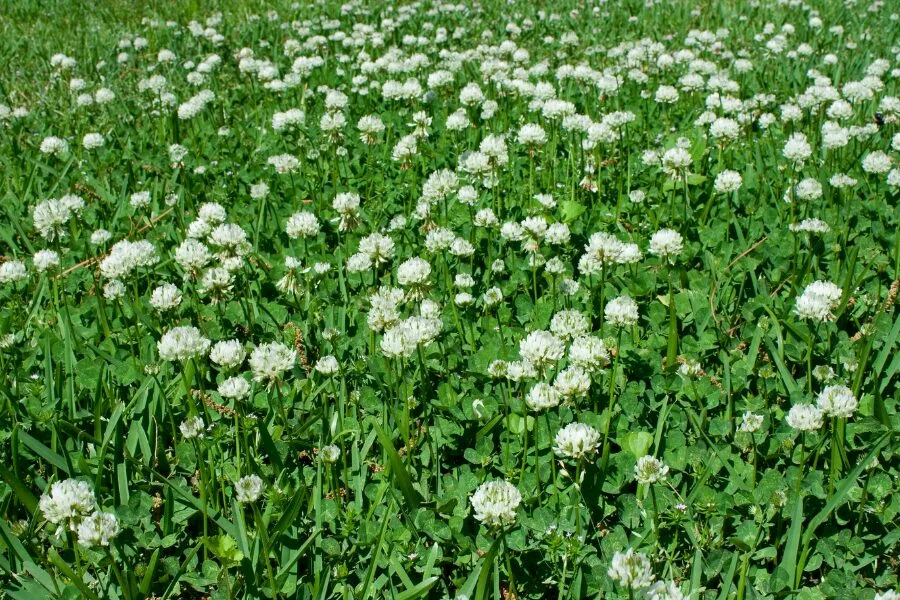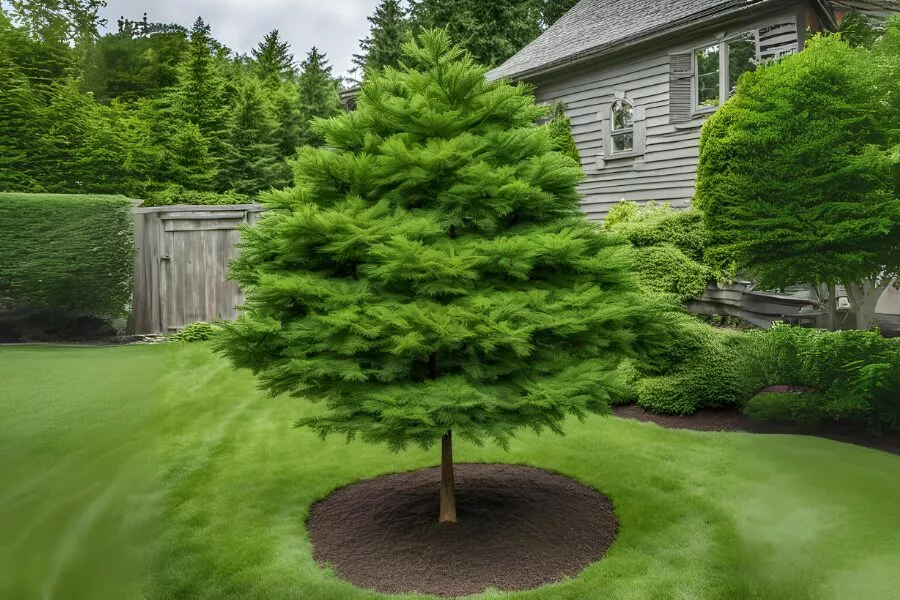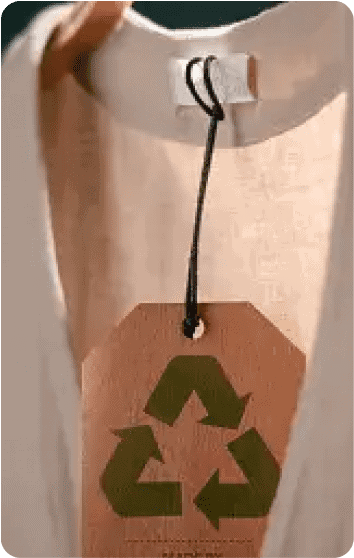Last Updated on September 28, 2024 by Shavy Jain
Picture this: your kitchen scraps turning into nutrient-rich soil for your garden! Composting is not just a trendy eco-practice; it’s a transformative journey that takes your waste and breathes new life into it. By recycling organic materials like vegetable peels, coffee grounds, and yard waste, you can significantly reduce landfill contributions while enhancing the health of your garden.
Not only does compost enrich your soil, but it also helps combat climate change. When organic waste rots in landfills, it produces methane, a potent greenhouse gas. By composting at home, you’re taking a stand against this wasteful cycle.
Ready to dive in? This guide will equip you with everything you need to know to make compost at home. From understanding the basics to reaping the rewards, we’ll cover it all. So, roll up your sleeves and get ready to transform trash into treasure!
What Is Composting?

Composting is the process of recycling organic materials—think kitchen scraps, yard waste, and even paper products—into a rich, fertile substance known as compost. At its core, composting mimics nature’s way of breaking down organic matter, but with our guidance to speed up the process.
When you compost, microorganisms, fungi, and bacteria break down these materials over time, resulting in dark, crumbly compost that’s teeming with nutrients. This compost acts like a natural fertilizer, enriching the soil and improving its structure.
But why is composting so crucial? It plays a significant role in reducing landfill waste. In fact, food scraps and yard waste account for nearly 30% of what we throw away! By composting these materials, we can drastically cut down on waste and minimize our carbon footprint.
Did you know that composting can help fight climate change? By reducing methane emissions from landfills, composting not only improves the environment but also contributes to healthier ecosystems. So, as you start this composting journey, remember you’re joining a global movement toward sustainability and environmental stewardship.
Why Compost At Home?

Composting at home isn’t just a feel-good activity; it’s a powerful way to take control of your waste and contribute to a sustainable future. When you compost, you’re actively participating in a circular economy—one where waste is minimized and resources are reused.
Personal Empowerment:
Home composting empowers you to make a tangible difference. Instead of letting food scraps and yard waste go to a landfill, you’re transforming them into something valuable. This simple act fosters a sense of responsibility and connection to your environment.
Benefits for Your Garden:
The benefits of composting extend beyond waste reduction. Compost is like a superfood for your plants! It improves soil health by increasing its nutrient content, enhancing moisture retention, and promoting beneficial microbial activity. Your plants will thrive, producing bigger blooms, healthier vegetables, and lush greenery.
Success Stories:
Take Sarah, for instance—a passionate gardener who turned her food scraps into a flourishing garden. After starting her compost bin, she noticed her tomatoes grew larger and more flavorful. The compost not only enriched her soil but also created a thriving ecosystem that attracted beneficial insects.
When you see the direct impact of compost on your garden, it reinforces the importance of sustainable practices. You become a part of a larger community focused on nurturing the planet. So, are you ready to embrace composting and experience these benefits firsthand?
How To Compost At Home?

Here’s a step-by-step guide to making compost at home.
Step 1: Collect and Prepare Materials
Gather your kitchen scraps and yard waste. Chop larger pieces into smaller ones to speed up decomposition. Aim for a mix of greens and browns to create a balanced compost.
Step 2: Layer Greens and Browns
Start layering your materials in your compost bin or pile. A good rule of thumb is to use a ratio of 2:1 browns to greens. This balance provides the right mix of nutrients and helps with airflow.
Step 3: Aerate the Pile
Every few weeks, use a pitchfork or shovel to turn your compost. This aeration is essential for introducing oxygen, which speeds up the decomposition process and prevents odors. If your compost starts to smell, it might need more aeration or balance.
Step 4: Maintain Moisture
Your compost should feel like a damp sponge—not too wet or too dry. If it’s too dry, add water; if it’s too wet, mix in more browns. Regularly check moisture levels to ensure optimal conditions for decomposition.
Maintaining Your Compost
Maintaining your compost is crucial to ensure it breaks down efficiently and is odor-free. Here are some tips to keep your compost in top shape.
Troubleshooting Tips
- Odors: If your compost starts to smell, it’s often a sign of imbalance. Add more browns to reduce excess nitrogen and aerate the pile.
- Pests: Keep your compost covered to deter pests. Avoid adding meat or dairy to minimize attraction.
- Slow Decomposition: If your compost is taking too long to break down, check moisture levels and aerate more frequently. Remember, patience is key!
Key to Success
Balance is essential. A mix of greens and browns, proper aeration, and moisture will lead to successful compost. Don’t be afraid to experiment—every compost pile is a little different!
Are you ready to master the art of composting? With a little practice and patience, you’ll become a composting pro in no time!
Learn more to get the best compost at home.
Harvesting Your Compost

After a few months, it’s time to reap the rewards of your hard work! Here’s how to know when your compost is ready and how to use it effectively.
Signs It’s Ready
Your compost is ready when it resembles dark, crumbly soil and has a pleasant, earthy smell. The original materials should be unrecognizable. A good test is to grab a handful—if it falls apart easily and feels moist, it’s time to harvest!
How To Use It?
There are countless ways to utilize your compost:
- Garden Beds: Mix compost into your garden beds to enrich the soil.
- Potted Plants: Use compost as a top dressing for houseplants.
- Lawn Care: Spread compost over your lawn to improve soil health.
Using compost not only benefits your plants but also enriches your gardening experience. You’ll feel a sense of pride knowing you’re nurturing your garden sustainably.
How To Get Started With Composting?

Getting started with composting is easier than you might think! Here’s how to dive into this rewarding practice.
Choose Your Method
There are several composting methods to choose from, depending on your space and lifestyle. Here’s a breakdown:
- Compost Bin: Ideal for small spaces, a bin can be purchased or made from wood, plastic, or wire. Bins help contain materials and can speed up the composting process.
- Compost Pile: If you have the space, consider a compost pile. Simply stack your organic materials in a designated area of your yard. This method is low-maintenance but requires a bit more space.
- Vermicomposting: For those with limited outdoor space, vermicomposting uses worms to break down food scraps. It’s a fantastic option for apartments and small homes!
Explore these tips about using a composting bin.
Essential Tools
To get started, you’ll need a few basic items:
- Compost Bin or Pile: Choose the method that suits your space.
- Pitchfork or Shovel: To aerate and turn the compost.
- Moisture Source: A garden hose or watering can to keep your compost damp.
- Kitchen Scraps Collection: A small container for collecting kitchen scraps can be handy.
Having the right tools will make the process smoother and more enjoyable.
Set Up Your Compost
Now that you’ve chosen your method and gathered your tools, it’s time to set up your compost. Pick a well-drained spot with some sun exposure. If using a bin, ensure there’s enough ventilation. Start collecting your organic materials and get ready to layer!
Engage with Your Community
Consider joining local gardening or composting groups. They can provide tips, resources, and support as you embark on your composting journey. Connecting with like-minded individuals can enhance your experience and keep you motivated!
What Can You Compost?
Knowing what to compost is key to successful composting. Here’s a breakdown of what can—and can’t—go into your compost bin or pile.
Green vs. Brown
Composting relies on a balance of two types of materials: greens and browns.
- Greens: These are nitrogen-rich materials. Common examples include:
- Fruit and vegetable scraps
- Coffee grounds and filters
- Grass clippings
- Fresh plant trimmings
- Browns: These materials are carbon-rich and help balance moisture. Examples include:
- Dry leaves
- Straw or hay
- Shredded newspaper or cardboard
- Wood chips
Common Mistakes
Many people make the mistake of thinking they can compost anything. Here are a few items to avoid:
- Meat and dairy: These can attract pests and create odors.
- Oils and fats: These don’t break down well and can also attract pests.
- Weeds with seeds: You risk spreading unwanted plants in your garden.
Try Compost At Home Today

Take a quick look around your kitchen and yard. What can you compost today? Start with small steps—each piece counts toward a healthier planet!
Expanding Your Impact: Once you’ve mastered composting at home, consider how you can expand your impact on the community and the environment.
Community involvement: Look into local composting programs or community gardens. Many cities have initiatives that offer resources, workshops, and composting drop-off locations. Getting involved can deepen your knowledge and connect you with fellow eco-conscious individuals.
Encouraging Others: Share your composting journey with friends and family! Hosting a small workshop or even sharing success stories on social media can inspire others to start composting. You can be a catalyst for change in your community!
Engagement Challenge: Will you start a composting group in your neighborhood? By collaborating with others, you can exchange tips, share resources, and support one another in your composting endeavors. Together, you can amplify your impact and foster a community committed to sustainability.
Summing Up!
“Small acts, when multiplied by millions of people, can transform the world.”—Howard Zinn. Together, let’s create a wave of change through composting!
Composting is a powerful tool for both the environment and your garden. By recycling organic materials, you’re not only reducing waste but also nurturing the earth. With each compost pile you create, you’re making a difference—one small step at a time.
Remember the benefits: healthier plants, reduced landfill waste, and a positive contribution to climate change mitigation. Composting is an accessible and rewarding practice that anyone can adopt. So, are you ready to take the plunge into composting?
Embrace the journey and enjoy the fruits of your labor! Your garden—and the planet—will thank you.
Ecowiser is a great supporter of sustainability and we suggest you to browse through our blogs to become a true sustainability champion.
Frequently Asked Questions (FAQs)
1. What can I compost?
You can compost a variety of organic materials, including fruit and vegetable scraps, coffee grounds, eggshells, grass clippings, and dry leaves. However, avoid meat, dairy, oils, and any processed foods, as these can attract pests and create odors. Always aim for a balanced mix of greens and browns for best results.
2. How long does it take to compost?
Composting can take anywhere from a few weeks to several months, depending on factors like temperature, moisture, and the materials used. Typically, a well-maintained compost pile will be ready in 3 to 6 months. Regularly aerating the pile and maintaining proper moisture levels can speed up the process.
3. Do I need a compost bin?
While a compost bin can help contain materials and make composting neater, it’s not strictly necessary. You can compost in a simple pile as long as you have the right mix of greens and browns. If you have limited space, consider a smaller bin or even vermicomposting with worms.
4. What should I do if my compost smells?
If your compost has an unpleasant odor, it usually indicates an imbalance. Check for too much nitrogen (greens) or insufficient aeration. To fix it, add more browns (like dry leaves), turn the pile to increase airflow, and ensure the compost is moist but not soggy.
5. Can I compost in winter?
Yes, you can compost in winter! While decomposition slows down in colder temperatures, it doesn’t stop completely. Insulating your compost pile with straw or leaves can help retain heat. Just remember to keep adding materials, and once temperatures rise, your compost will continue to break down effectively.

